The search for a better home is one of mankind’s earliest efforts to make a better living. People leave their hometowns, and in some cases countries, never to return. The examples in history, ancient and contemporary alike, are copious. The act of moving out by itself is enough to accentuate the very reason behind it; the search for a better job or running away from the doleful terrors of war. Low-spirited by hunger is another reason to leave your birthplace, become homeless and dubbed as an immigrant.
Such as the reason behind the Irish Potato Famine, period in which countless people in Ireland battled with disease and starvation, a fasting behind which there is no religious justification. It lasted for four years, beginning in 1845, but it’s affects were felt for several years after that. Around one million people died from starvation and disease because their staple crop was ravaged by potato blight year after year, reason enough to leave and emigrate somewhere far, such as Canada.

And so this titanic influx of migrants set forth to find themselves a better life, but before reaching Canada, these people had to be processed. For this, the Irish newcomers were stationed on Partridge Island, a piece of land in the Bay of Fundy, just off the coastline of Saint John, New Brunswick.
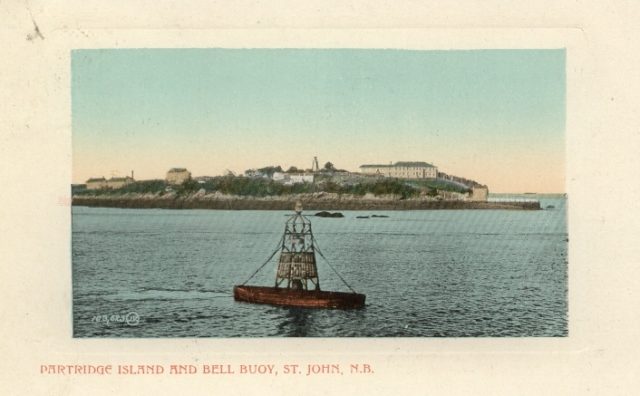
The island itself is rich in history, starting with the Passamaquoddy, one of the first American Indians to live in North America. With time the United Empire Loyalists arrived, themselves refugees who came here to settle and lick their wounds after the American Revolution, and formed the town of Saint John in 1783. With time, a need arose for a lighthouse to guide the ships that passed on these waters. The island of Partridge was the perfect location for it. It became operable in 1791.
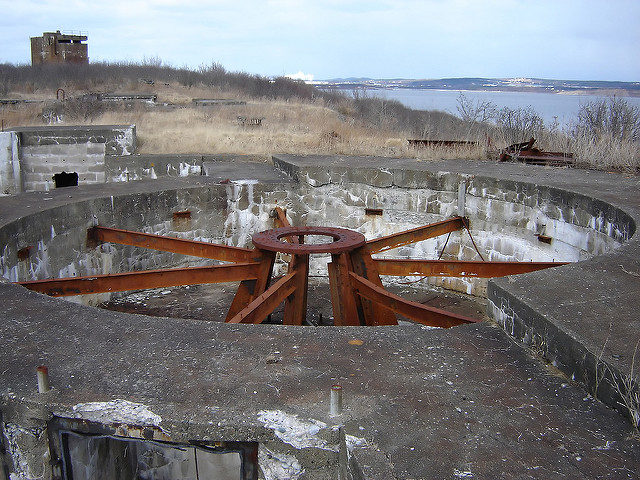
Starting in the 1800s, the island was used as a military fortification and remained as such until the middle of the 20th century. It served as a quarantine station from 1816 and some 15 years later, a hospital was erected.
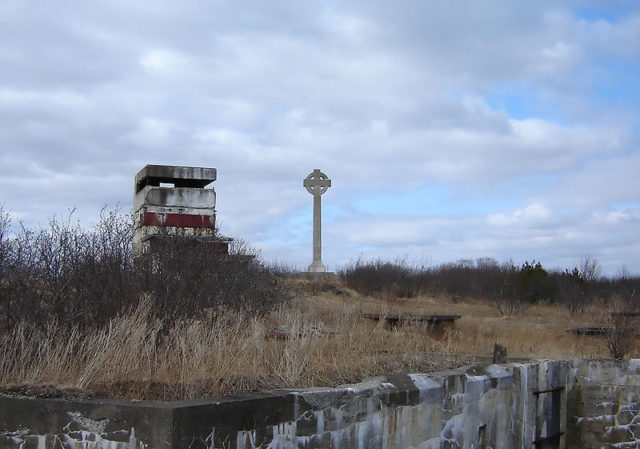
But it was the summer of 1847 when this island received its first wave of immigrants, and it this for is the very event that Partridge Island will be remembered. 30,000 people, men, women, and children, arrived at the island to be processed. It was the first station on their way to a new and hopefully better home, for this is where the visiting physician came to check on their health before they were allowed to enter the mainland.
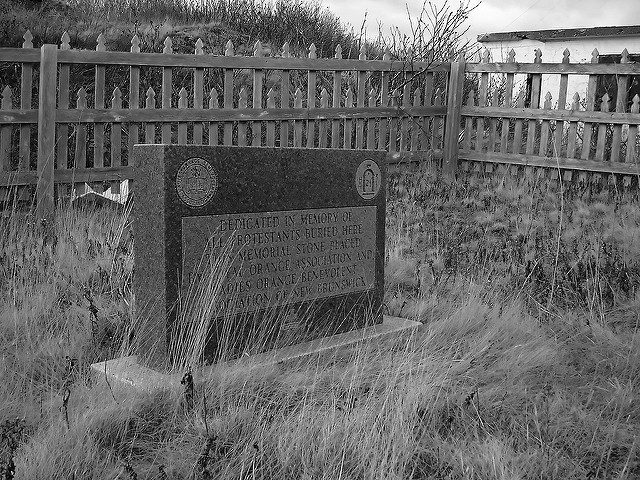
But sadly, some of the newcomers never got a chance to leave the island. Thousands of people crammed into the dirty, disease ridden “coffin ships” succumbed to typhus and dysentery. Also known as “ship fever,” typhus quickly spread from the migrant population to reach epidemic proportions in Montreal, and affected a number of other cities across Canada.
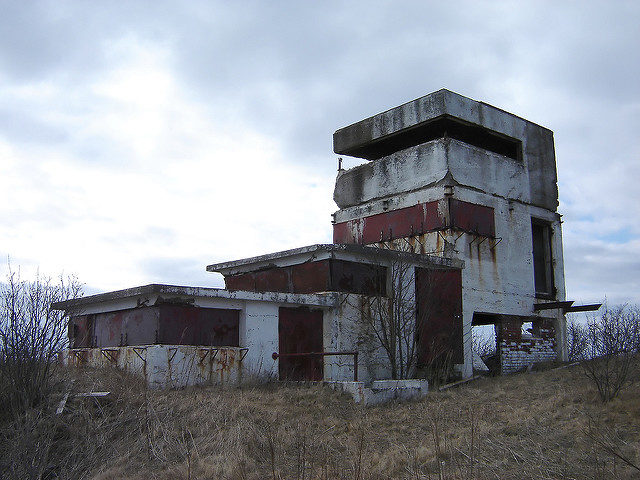
Almost 1,200 people died on Partridge Island, and many more were transferred to “fever sheds” built on the mainland–a total of 20,000 people died on Canadian soil during the 1847-8 typhus epidemic. As time went on, around 78,000 people were processed here every year until the influx stopped in the early 20th century. Slowly things started to change and the island became emptier by the day.
There was once a museum located here that spread the story of the Irish immigrants but it was closed in 1995, the same year when the boat tours to the island ceased.
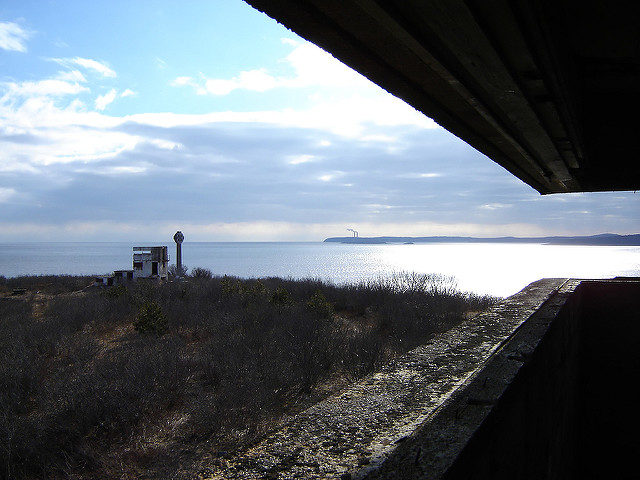
Since then the island, from an important processing center, was reduced to an abandoned piece of land where a Celtic Cross now stands in memory of those who never found their new home.
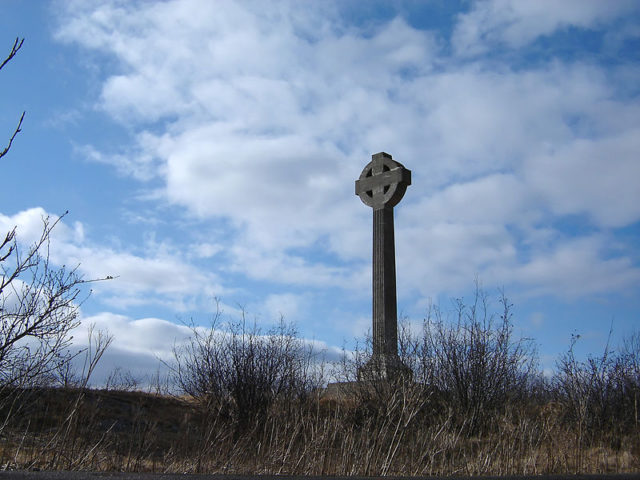
However, there are efforts to convert this island to an attractive tourist destination for which $200,000 has been allocated. The project includes renovating the breakwater, as well as constructing a new pathway for which additional $40 million is needed. As of 2017, River Bay Adventurers are the only company that offers a visit to the island.
